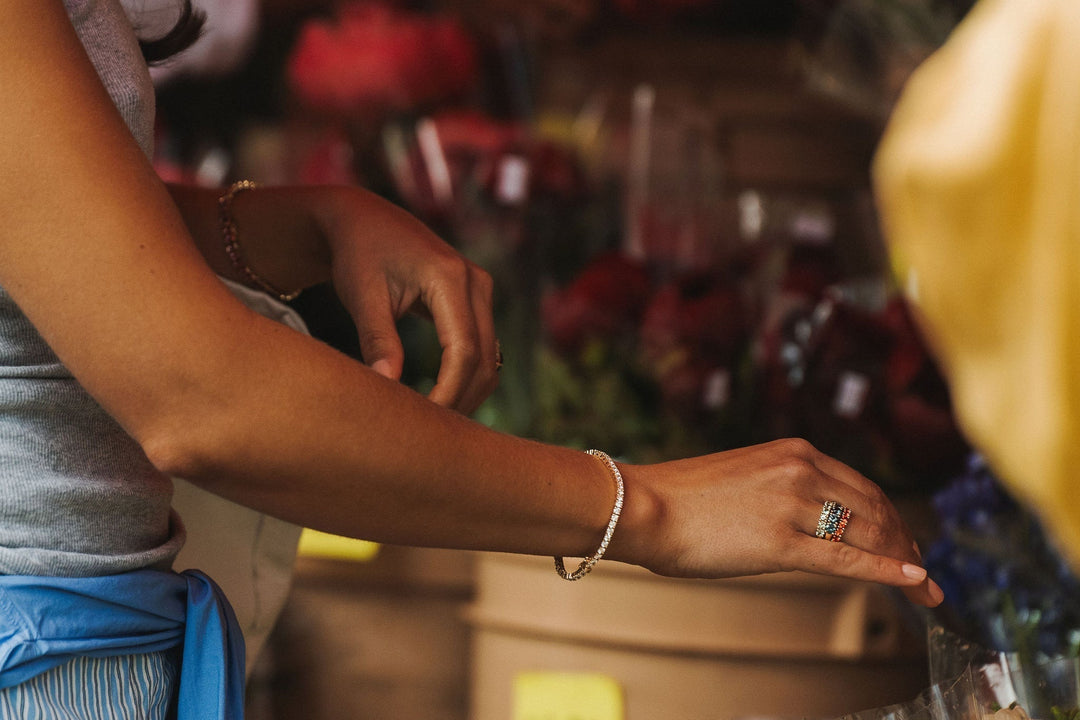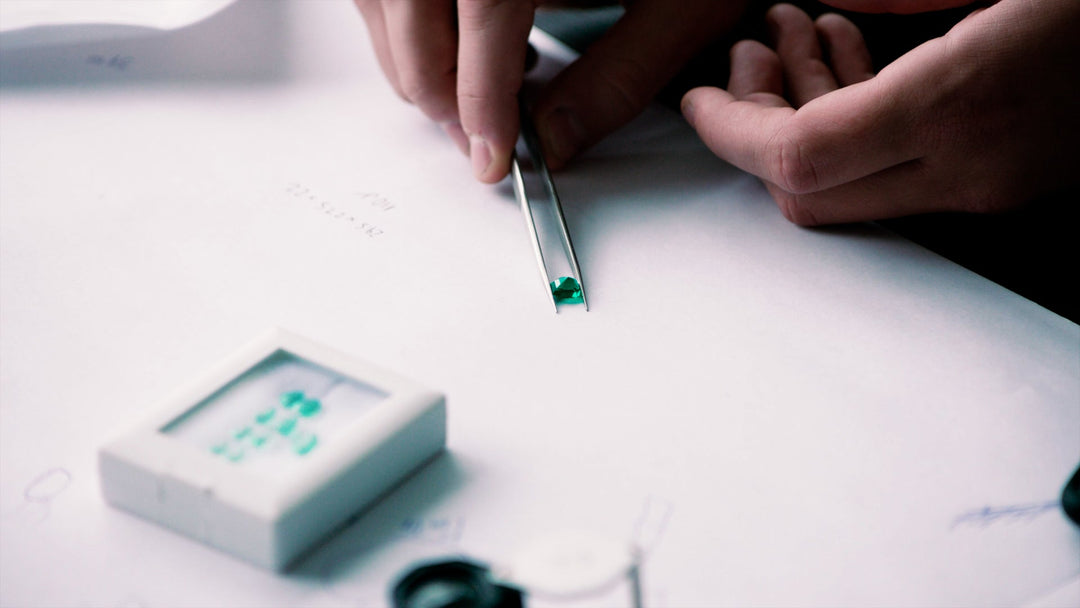Ruby
Are Rubies Rare?
Rarity is what many gem hunters are looking for—a highly valued, and unique piece of stone that sets itself apart from everything else on the market. Who wouldn’t want that? And as one of the four precious stones—along with Sapphire, Emerald, and Diamond— Ruby can fetch a fortune, with some of the priciest gemstone auctions ever centering on the rarest blood red-to-pink gems the world has to offer. On the other hand, odds are that most retailers have some ruby on hand for the average buyer, so how rare can it be? The short answer is that not all ruby is equal, and the most expensive pieces are those that are hardest to find.
Historically, the Mogok Valley in Myanmar (formerly Burma) gave the gem trade the majority of the ruby that was sold around the globe. On top of producing various shades of the mineral corundum, from red rubies to blue sapphires, the “Valley of Gems” also yielded the rare and fabled “pigeon’s blood” ruby, a variation which possesses a rich red saturation and an undertone of blue. Centuries of hand-mining the tunnels in the country, however, has led both to a natural depletion of ruby in Mogok’s deposits, as well as in the marketplace.
Cavalier has been lucky enough to visit the Mogok region to see first hand a lot of Myanmars ongoing mining activity, gem production and cutting in the local marketplace, and chat with locals about the state of Ruby mining in general. Ruby mining is the biggest economic driver for the local people, and is the main source of seemingly everyone’s livelihood in Mogok and the surrounding regions.
While Mogok ruby has become more uncommon a find, a boom in production in Mozambique over the last decade has put plenty of red gemstones in the hands of collectors. Since 2009, shaft mining operations in Montepuez have unveiled some exceptional pieces of gem-quality ruby. But some have argued that the higher iron content in these deposits have made these African rubies less fluorescent that what had been found in the Mogok Valley. Factoring in colour, carat weight, and rarity between the two kinds of ruby, stones from Myanmar still tend to be valued higher.
Size also comes into question when determining the rareness of a ruby. It’s not uncommon to find smaller pieces of ruby, usually under a carat, whether loose or set in jewelry. It can still be expensive, depending on clarity and hue, but it’s not impossible to find. Once you start looking at pieces above a carat, and especially over five carats, the price begins to soar because of the relative improbability of finding fine quality rubies of this size. Just take the Sunrise Ruby, a monolithic 25.59-carat "pigeon blood" ruby that sold at auction in 2015 for a record $30.42 million USD: The bigger the ruby, the steeper the price. Check out a few of the most expensive rubies ever sold.
Ruby can often out-price diamond in the marketplace, especially fine gem quality Pigeon’s Blood from Myanmar, and is now one of the rarest and most prized in the business. Depending on its geography, colour range, or quality, it has always been a highly touted piece for any gem collectors arsenal.










